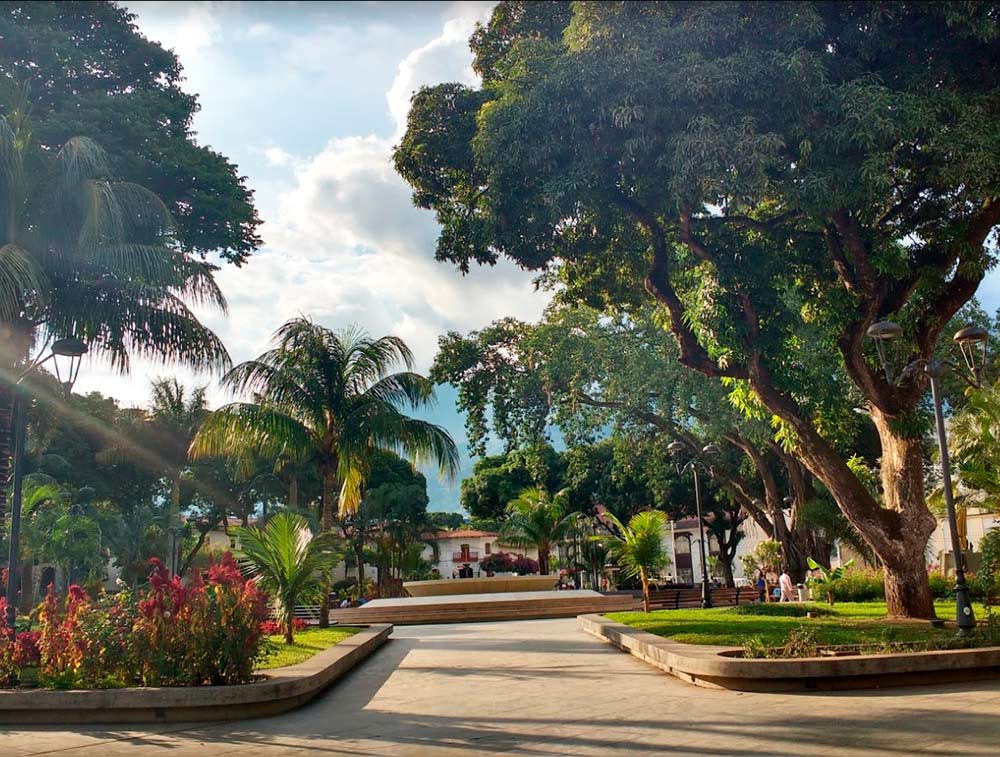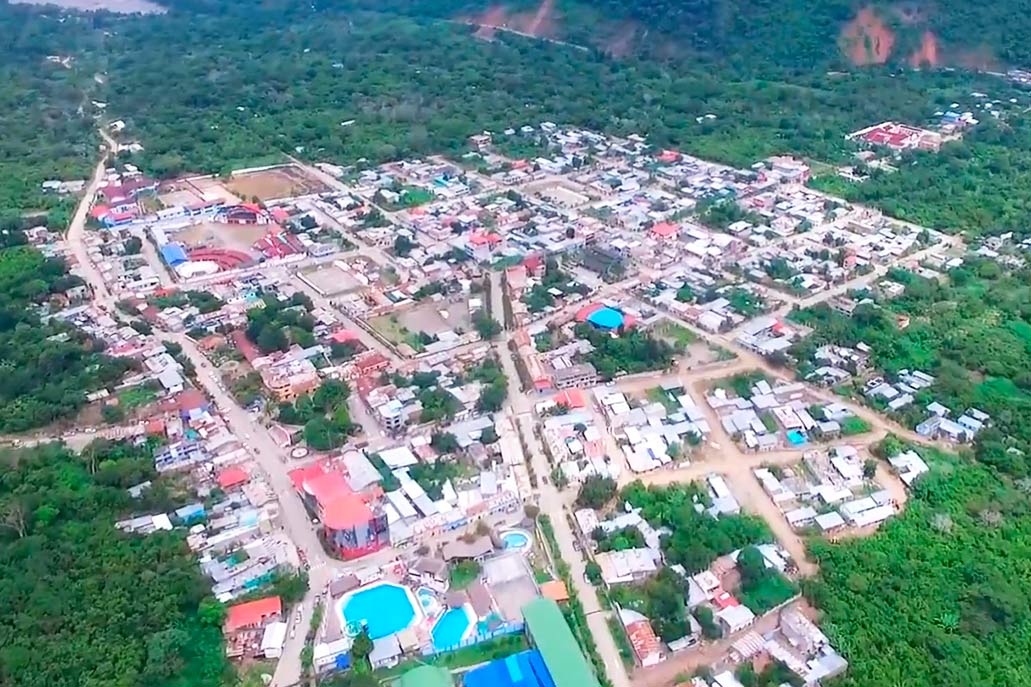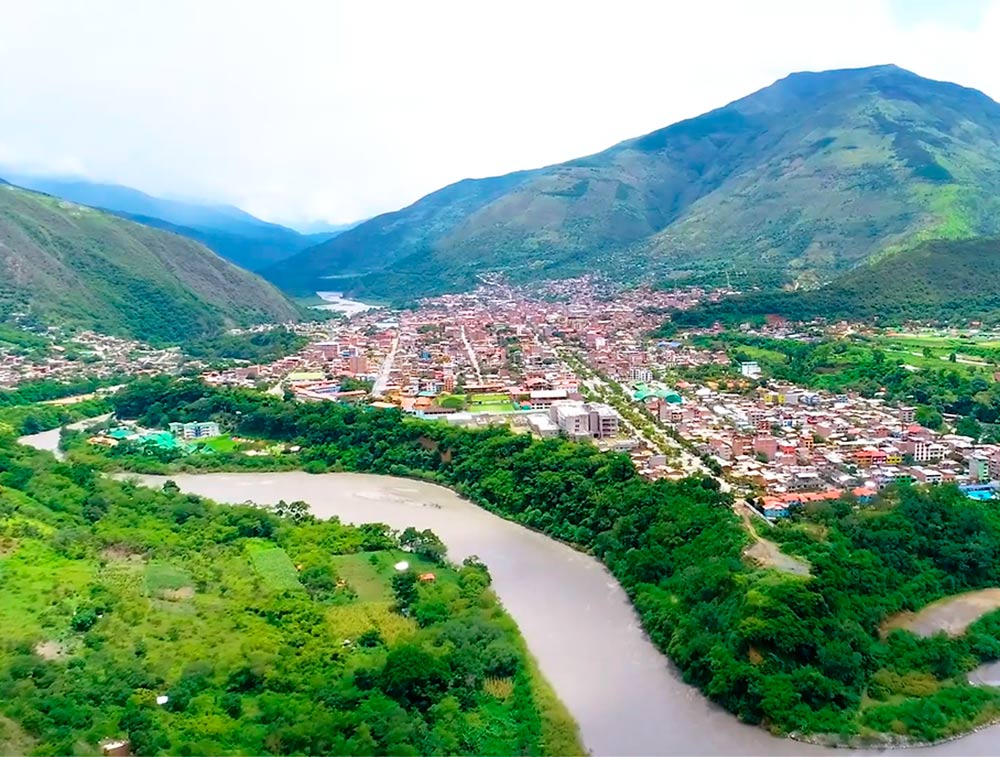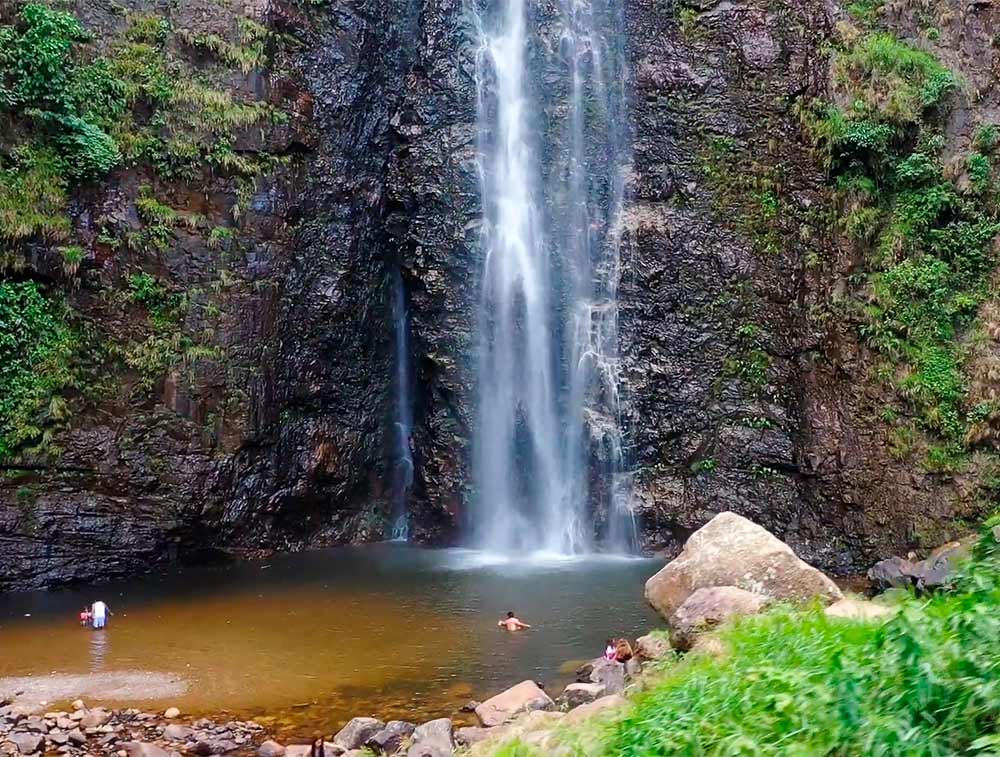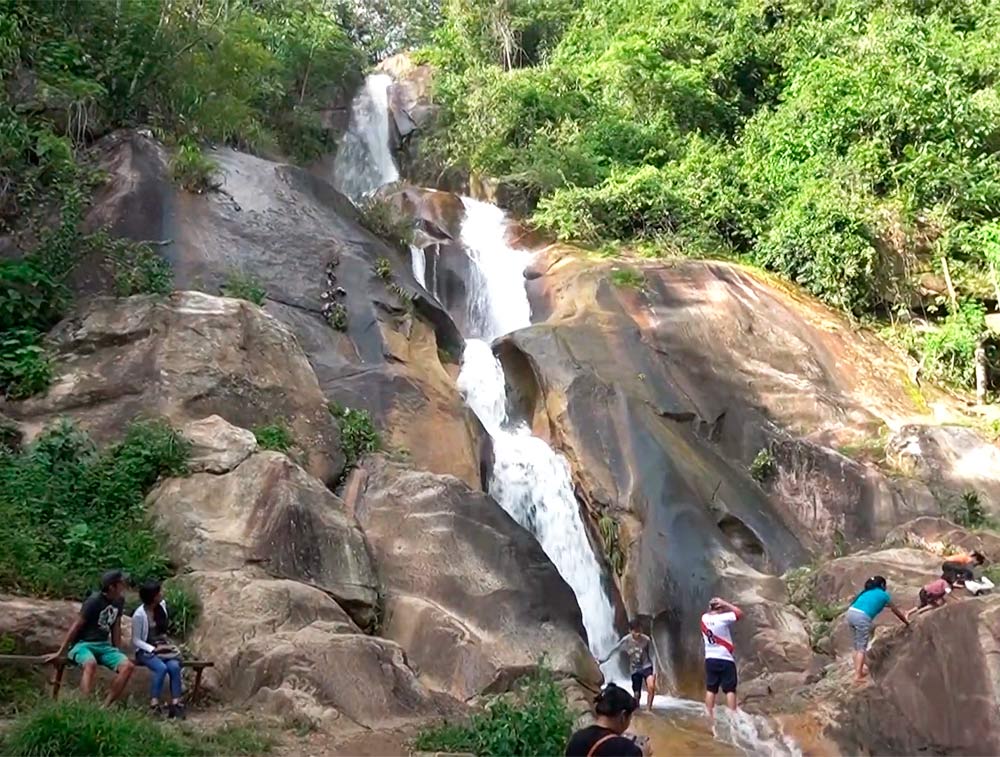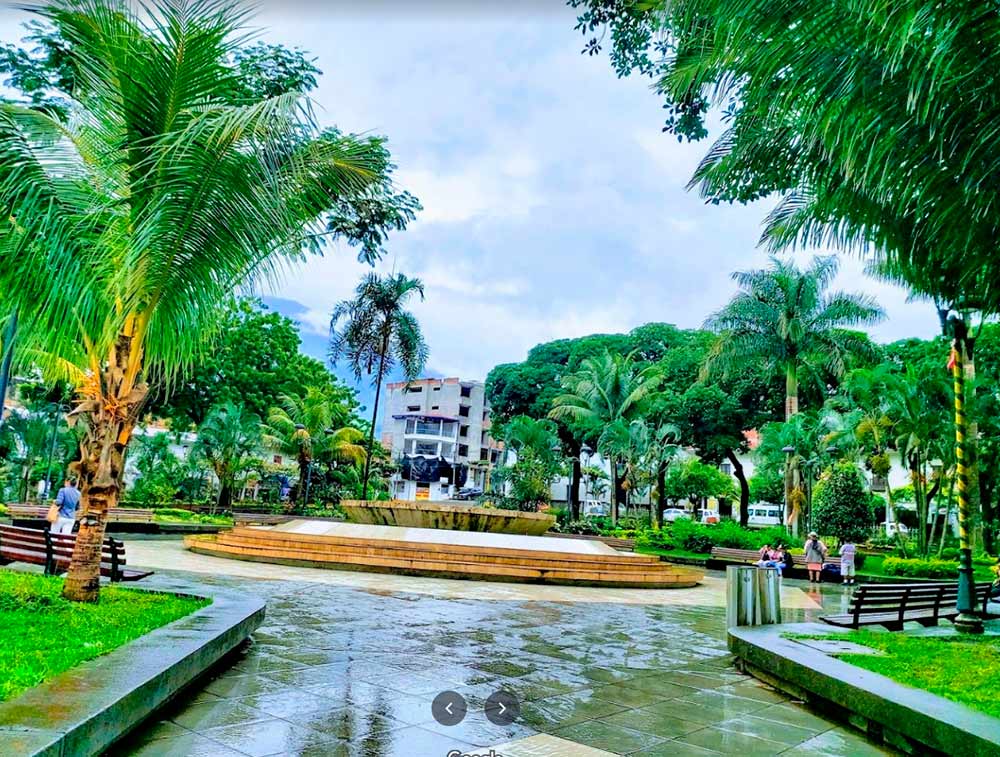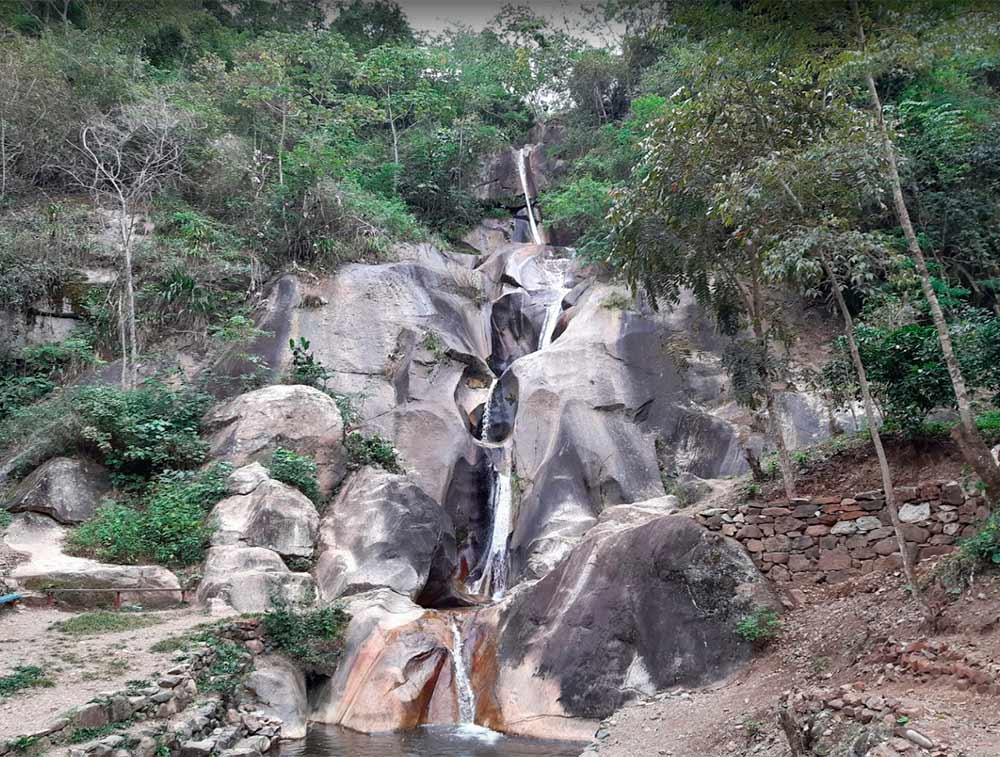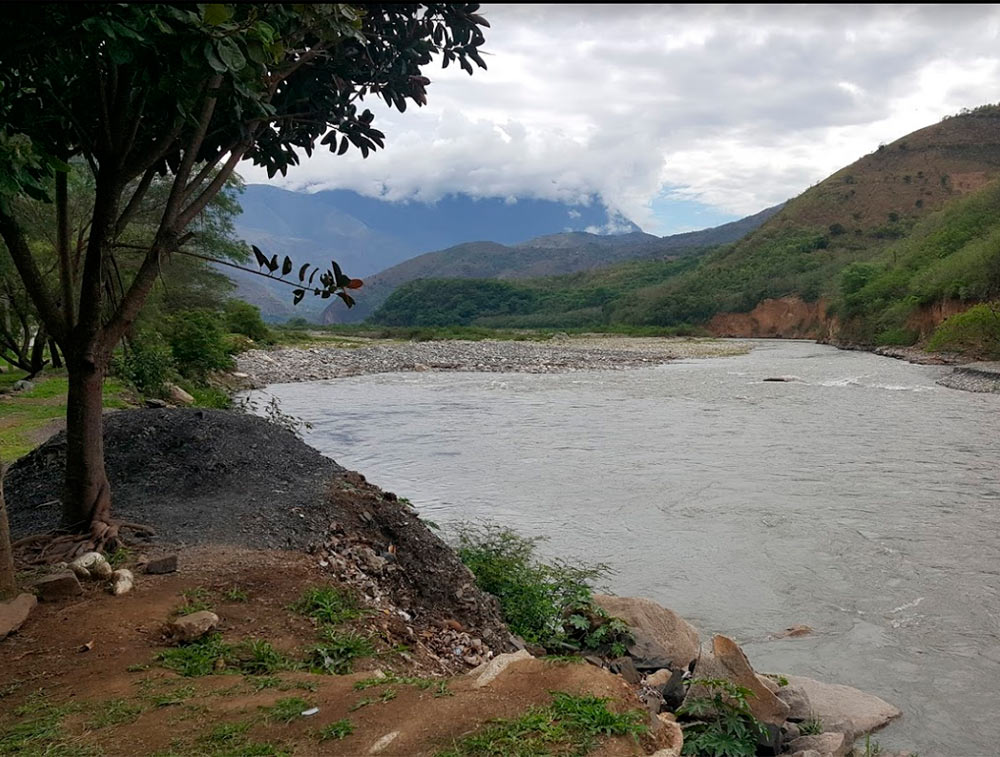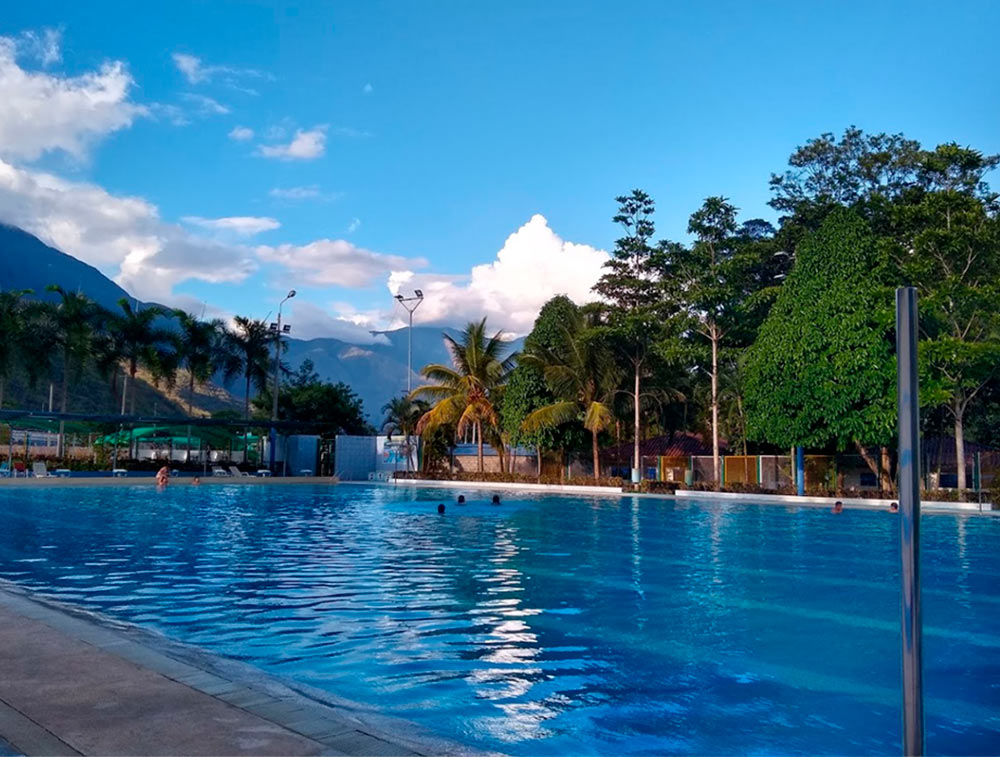Quillabamba in the jungle of Cusco
Quillabamba is one of the favorite ‘escape’ destinations for Cusco residents. The reason is its warm climate, which is different from the intense cold of the ‘imperial city’. The rivers, tropical forests, pools, joy, as well as the flora and fauna characteristic of this region attract the attention of visitors. For some reason, this place is known as ‘The city of eternal summer’. Learn more about Quillabamba, its festivals, tourist attractions and prices.
- The city of eternal summer
- Location
- How to get there from Cusco?
- A bit of history
- Tourist attractions
- Gastronomy
- Cultural heritage
- Flora and fauna
- The climate in Quillabamba
- Photos
- More information
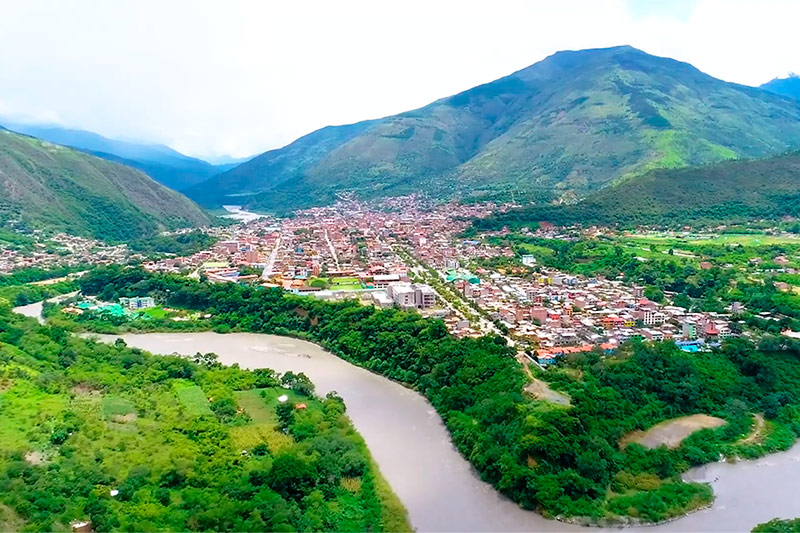
View of the city of Quillabamba
The city of eternal summer
- Quillabamba is known as ‘The city of eternal summer’ due to its hot climate 365 days a year.
- This city, the capital of the province of La Convención, has tourist attractions such as: the Yanay waterfalls, the Illapani waterfalls, the Siete Tinajas waterfall, the Sambaray spa and more.
- The warm climate attracts many visitors from the city of Cusco. Products such as coffee, cocoa and various varieties of fruit grow in Quillabamba.
- The city is famous for its diversity of flora and fauna as well as its geography full of trees, rivers and waterfalls. From there you can visit other tourist attractions in the region such as Vilcabamba, the native communities or even the famous Pongo de Mainique, a river that divides the upper Urubamba and the lower Urubamba.
Location
- The city of Quillabamba is located in the jungle region of the department of Cusco. It is the capital of the province of La Convención.
- It is located at 1,050 meters above sea level. The city is on the banks of the Vilcanota River.
How to get there from Cusco?
- Quillabamba is 204 kilometers by road from the city of Cusco.
- To visit Quillabamba from the city of Cusco you must take public transport from the company ‘Turismo Ampay’.
- Buses (or collective taxis) are taken on Antonio Lorena Street. The trip takes approximately 5 hours. The cost of the trip is 20 Peruvian soles (approximately 6 dollars).
A bit of history
- Quillabamba was a land inhabited by various aboriginal ethnic groups such as the Pilcozones, the Izcazingas, the Manaríes and the Matsiguengas (also called Machiguengas), who continue to inhabit certain areas of the province of La Convención.
- The Incas inhabited some regions of La Convención such as Choquequirao, Vilcabamba, Vitcos and more. In Quillabamba they established a trading point with nearby ethnic groups. There they bartered, obtaining products such as coca leaves, cocoa, various fruits and more.
- The rebel Incas led by Manco Inca established their last refuge in the town of Vilcabamba. Its hidden location in the thick vegetation of the jungle made it difficult for the Spanish to attack, who finally defeated the last Inca remnant in 1572.
- During the colonial era, Quillabamba was called ‘Wilcapampa Yunca’ and was a very important reduction where cocoa and fruit plantations were carried out as well as products brought from the ‘New World’ such as coffee.
- It was during the colonial era that many native communities were decimated to be used as cheap labor. Many ethnic groups decided to establish their territories in the deepest areas of the jungle.
- In the 19th century, after the declaration of Peruvian independence, the province of La Convención was created. The ‘Villa de Quillabamba’ was the most important town. In the second half of the 20th century, the train route from Cusco to Machu Picchu reached there. However, in 1998, heavy rains destroyed the train tracks.
- Today Quillabamba is one of the most important and historic cities in Cusco. It still preserves its aboriginal, Inca and colonial past. There are still native communities, such as the Machiguengas, who decided to live in voluntary isolation.
Tourist attractions
- Siete Tinajas – This natural tourist attraction has seven rock formations like pools where a waterfall of several meters high falls. It is located approximately 17 kilometers from the city center. At the top you can see very old petroglyphs. The entrance ticket costs 2 Peruvian soles (less than 1 US dollar).
- Yanay Waterfalls – Located in the district of Maranura (15 kilometers from Quillabamba) is this waterfall that reaches a height of up to 70 meters. To get there, you must take an entertaining walk surrounded by abundant vegetation. Local residents also call it by its Quechua name, ‘Yanay Mándor’.
- Illapani Falls – Another of the most famous waterfalls in Quillabamba is called ‘Illapani’, a name that means ‘The place of lightning’. The beauty of the place is another reason to visit these falls. It is located in the district of Echarate, 22 kilometers from Quillabamba.
- Sambaray – This resort located on the banks of the Vilcanota River is one of the favorite places to relax for the people of Quillabamba. The place has swimming pools, soccer fields, restaurants and more. It is located just 3 kilometers from the city of Quillabamba.
Gastronomy
- Quillabamba is located in a tropical geography that offers typical dishes different from the classic Cusco dishes.
- Some of the most famous dishes are fried paco (a river fish that can measure up to 1 meter long), baked duck with noodles, chaque de platano con gallina (a soup made from chicken) and more.
- The variety of fish and ingredients make it an attractive place to learn more about Peruvian cuisine, one of the best in the world.
Cultural heritage
- Quillabamba and the province of La Convención have a deep-rooted cultural heritage from the aboriginal ethnic groups that lived there. Their music, clothing, festivities and languages stand out.
- The music and clothing of Quillabamba can be seen in its traditional carnivals. These take place in the month of February with traditional music, typical dances and water games.
- Another of the most representative festivities of Quillabamba is its anniversary (July 24). Its parades with traditional clothing, dances and sale of typical regional food stand out.
- The most widely spoken languages in Quillabamba and the province of La Convención are Quechua (the language of the Incas) and Matsigenka (the language of the Machiguenga ethnic group). There are also other languages with fewer speakers from various aboriginal ethnic groups.
Flora and fauna
- Quillabamba is located in a tropical region with abundant flora. Fruit plantations such as oranges, mangoes, custard apples, bananas and more stand out. Also noteworthy are its beautiful orchids, palm trees, vegetables and, of course, its immense hectares of cocoa and coffee plantations, its most emblematic products.
- The wildlife is very diverse. It is worth mentioning the cock-of-the-rock, the spectacled bear, macaws, toucans and various species of monkeys such as: the pichico monkey, the tití monkey, the maquisapa monkey and more. It is even possible to spot the jaguar, the largest feline in Latin America.
The climate in Quillabamba
- Quillabamba has a hot, tropical climate with heavy rains, especially in January, February and March.
- The maximum temperature during the day can reach up to 32ºC, while the minimum temperatures can reach 15ºC.
- During the rainy season (January, February and March) the rains can cause rivers to rise, mudslides and rocks to slide on the roads. For many, this is not a recommended time to visit Quillabamba.
More information
- Quillabamba has lodge-type accommodations that blend harmoniously with the lush nature that surrounds it.
- In addition to visiting the waterfalls, pools and rivers, in Quillabamba you can visit the ‘casas – haciendas’ where there are cocoa and coffee plantations. There you can enjoy ice cream and other products made from cocoa (chocolate) and coffee (considered to be one of the best in the world).
- Mosquitoes are especially bothersome for tourists visiting tropical regions like Quillabamba for the first time. Don’t forget to bring repellent, a hat, sunscreen, comfortable clothing to withstand the high temperatures and, of course, swimwear.
- Not far from Quillabamba there are tourist attractions such as the Megantoni National Sanctuary, the Manu National Park, the Tambopata National Reserve and more.
- Perhaps the most important and closest archaeological site is Machu Picchu, located just 36 kilometers in a straight line from Quillabamba. To get there you must take the ‘Hidroeléctrica’ route, known as the most economical route to the ‘Wonder of the World’.
